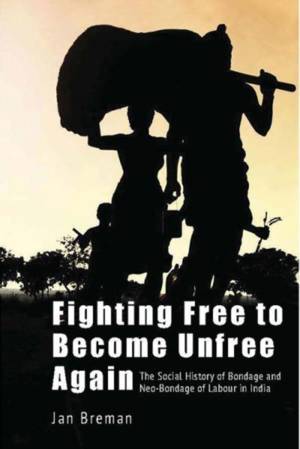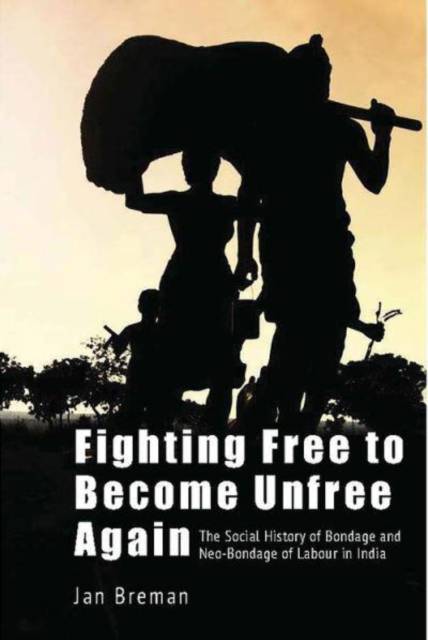
- Afhalen na 1 uur in een winkel met voorraad
- Gratis thuislevering in België vanaf € 30
- Ruim aanbod met 7 miljoen producten
- Afhalen na 1 uur in een winkel met voorraad
- Gratis thuislevering in België vanaf € 30
- Ruim aanbod met 7 miljoen producten
Zoeken
Fighting Free to Become Unfree Again
The Social History of Bondage and Neo-Bondage of Labour in India
Jan Breman
Hardcover | Engels
€ 67,95
+ 135 punten
Omschrijving
Labour bondage is a major feature of the peasant economies that have dominated the subcontinent of South Asia from an unrecorded pre-colonial past until the post-colonial present. Discussing when, why and how servitude originated on the tribal-peasant frontier in West India and was instituted in the rural landscape, this book draws on engagement in anthropological fieldwork from the 1960s onwards to offer a historical perspective on the collapse of bondage. The author argues that the globalized frame of capitalism does not allow for a transition to free labour in the world at large. Subjected to dispossession and to a lack of employment and income, a sizeable workforce at the bottom of the pile remains stuck in neo-bondage. A prologue to the book points out the different pathways imposed on labour by capital in the global North and South in the age of imperialism and neo-imperialism.
Specificaties
Betrokkenen
- Auteur(s):
- Uitgeverij:
Inhoud
- Aantal bladzijden:
- 220
- Taal:
- Engels
Eigenschappen
- Productcode (EAN):
- 9788195639267
- Verschijningsdatum:
- 27/02/2024
- Uitvoering:
- Hardcover
- Formaat:
- Genaaid
- Afmetingen:
- 157 mm x 239 mm
- Gewicht:
- 521 g

Alleen bij Standaard Boekhandel
+ 135 punten op je klantenkaart van Standaard Boekhandel
Beoordelingen
We publiceren alleen reviews die voldoen aan de voorwaarden voor reviews. Bekijk onze voorwaarden voor reviews.











